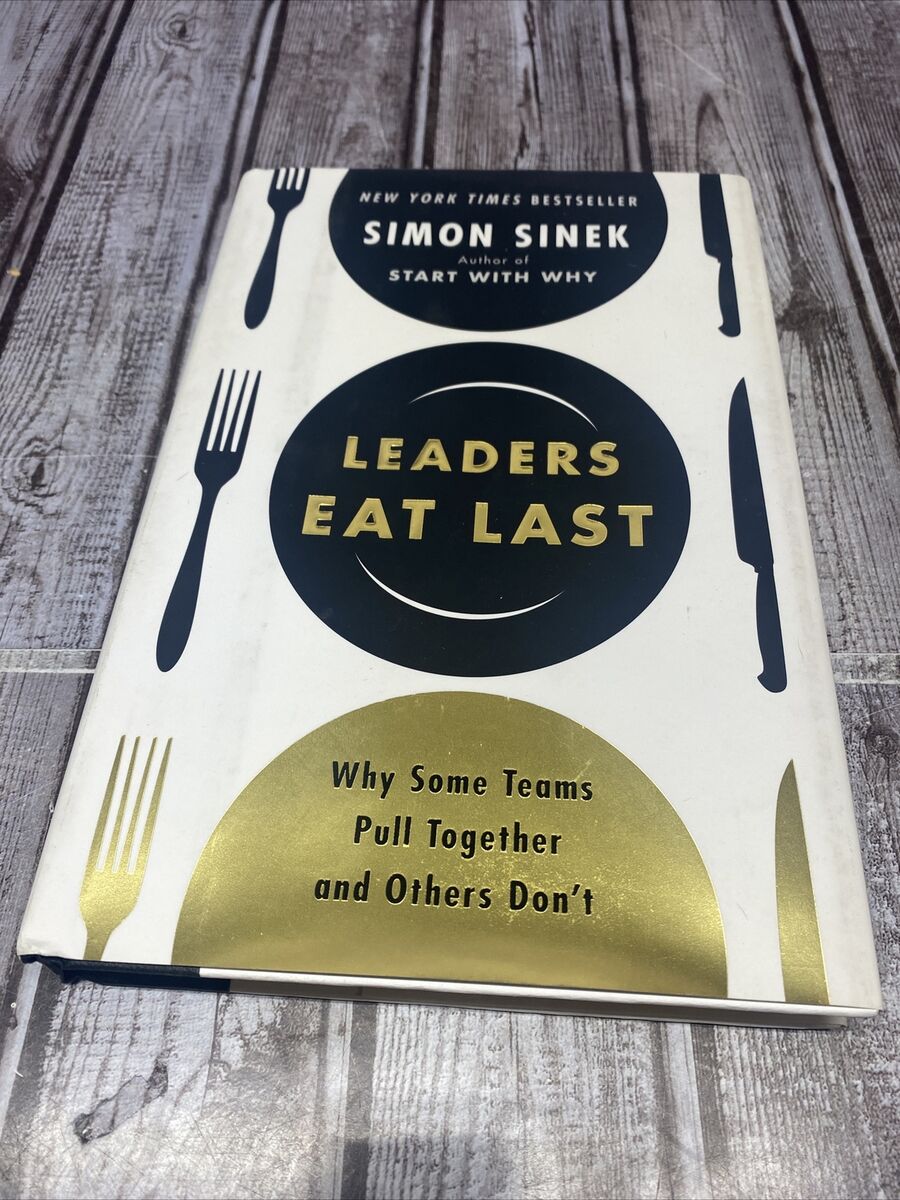
"Leaders Eat Last" by Simon Sinek focuses on creating an environment where trust and cooperation are nurtured for the well-being of the organization and its people. It was a fantastic book given to me by a colleauge who recently moved on to bigger and better things. While I greatly miss working with LeAnn and our talks about leadership and personal-development, she left me a great roadmap.
Here’s my summary of the key leadership principles I got from this:
The Circle of Safety Leaders must create a safe environment where team members feel protected, fostering trust and collaboration. This environment encourages individuals to take risks and innovate without fear of retribution or failure.
Empathy and Understanding Effective leaders prioritize empathy, understanding the needs, challenges, and perspectives of their team members. This allows leaders to build stronger relationships and inspire loyalty.
Biology of Leadership Sinek explains leadership through the lens of human biology, highlighting the importance of certain chemicals (e.g., endorphins, dopamine, serotonin, oxytocin) that promote positive behavior. This part of the book sounds kind of weird—at first—but it really is the case that good leaders create conditions that can actually trigger positive beneficial biology responses, encouraging trust and teamwork.
Serving Others True leadership means putting the welfare of the team first. Leaders who adopt a service-oriented mindset ensure that the well-being of their people is paramount, which leads to higher morale and better performance.
Long-term Vision Leaders should focus on the long-term success of their team or organization, rather than short-term gains. Sustainable success stems from leaders who plan beyond immediate rewards and aim for future growth and stability.
Building Trust Through Vulnerability Leaders build genuine trust by being transparent and sometimes showing vulnerability. This authenticity helps solidify connections and encourages open communication within the team.
The Importance of Purpose Teams thrive when members feel their work has meaning and contributes to a larger cause. Leaders need to inspire this sense of purpose to align the team’s efforts toward a common goal.
Responsibility and Accountability Good leaders accept responsibility for the outcomes of their team’s actions, whether positive or negative. This builds a culture of accountability and shared commitment to objectives.
Leading by Example The best leaders model the behavior they want to see in their teams. This means demonstrating values such as integrity, resilience, and hard work, which sets a standard for others to follow.
Promoting Well-being Leaders should ensure that their team’s physical and emotional health is supported. This involves promoting a balanced work environment that considers stress, workload, and overall well-being.
Fostering Cooperation Over Competition Creating a collaborative environment rather than one driven by internal competition helps strengthen bonds among team members. A unified team is more resilient and effective in facing external challenges.
I really learned a lot about how leadership is also rooted in your team's well-being, among other concepts I learned in my first read. I plan to keep this book around and read it again for refreshers. The concepts here are fairly timeless and direct about effective leadership, applicable to a wide range of organizations. I think everyone from the c-suite to managers, to PMs or SMEs, should give "Leaders Eat Last" a read. Even working to embody half the principles in this book, leaders can foster a culture where people feel secure, valued, and motivated—leading to a more cohesive and high-performing team. I want to thank my former colleauge again, for a great gift in this book. Thanks, LeAnn! 🙌🏻